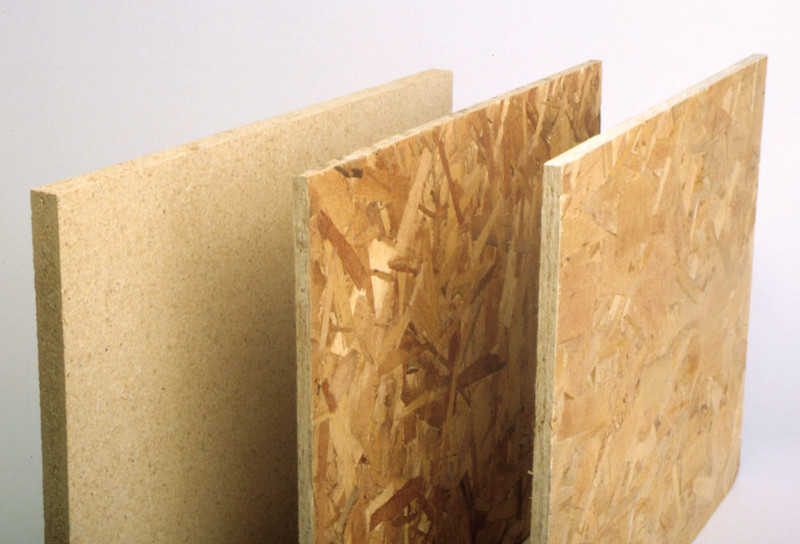Knowing how to repair water damaged particle board is crucial when you have this type of material at home. Nowadays, people like particle boards because these wood materials are suitable for kitchens, bathrooms, and storage.
However, despite being durable, particle boards can be prone to water damage from steam, floods, and water dripping from dishes in the kitchen. If not repaired immediately, they can result in molds.

Nevertheless, you need not worry about water damaged particle boards anymore! Continue reading this article as we help you solve your particle board problems.
Repairing Your Water Damaged Particle Board
Since particle boards can be vulnerable to damages, it would be best to know how to fix them immediately. With that, here are steps on how to repair water damaged particle boards.
Step #1. Ensure that the particle board is clean and dry
Before anything else, check your particle board if there are molds. Particle boards can have molds due to untreated water damages. This type of fungus can be harmful to people.
If you notice molds, prepare a solution of bleach and water. Ensure that fresh air comes from your windows because bleach solutions can be smelly. However, if there are many molds present, it would be better to scrape them off with a sharp knife.
After doing that, let your particle board get dry. This process is usually time-consuming, so if you want to speed this up, you can get help from hairdryers and towels.
Step #2. Level the surface of the particle board
For this step, get medium-grit sandpaper to buff off rough areas in the particle board. Make sure that you level the surface properly.
The exact process is also applicable to any particle board furniture. However, if you are working on one, you can also add finishing coats to make it look new.
Step #3. Use a knife to remove water damaged areas
Get a sharp knife to remove water damaged areas in your particle board. After removing the damaged areas, clean the board and get rid of the debris and powders.
Step #4. Fill in the holes with wood fillers
Prepare your wood fillers for this step. Apply them carefully to the holes using a scraper where you removed the water damages. After that, remove excess wood fillers from the surface.
Step #5. Sand it, and you are good to go!
Lastly, get your fine-grit sandpaper to make your particle board smooth. After doing that, your particle board problem says bye!
How Can You Avoid Water Damages?
One of the easiest ways to keep the quality of your particle board is to avoid water damages. However, how are we going to do that? Well, here are some methods for you!
Method #1. Avoid moistures
To avoid moistures, regularly wipe off wet areas in your place with towels and mops. Moreover, it would be better if there is enough airflow inside. You can open the windows or use dehumidifiers to help the evaporation process.
Method #2. Use waterproof coating
Applying a waterproof coating may not wholly make your particle board waterproof, but it reduces water damages. It prolongs the life span of your particle board.
Method #3. Laminate your particle board
Laminating your particle board can also help to avoid swelling. To do this, sand your particle board down, and apply a new sheet of laminate to it.
Method #4. Paint them
Another applicable method is to paint your particle board. First, sand your board and apply primer coating. Let it dry for six hours.
After that, put on the first coating of paint and let it dry also. Sand it again afterward to maintain the smoothness. Repeat the process for the second coat of paint.
How Can You Take Care Of Your Particle Board?
Particle boards can be helpful to us in different ways. We can use them in ceilings, furniture, doors, and floors. They can help us, so we should take care of them too.
Do’s
- Please place it in an area with minimal moisture
- Replace damaged areas immediately
- Handle the particle board with care
Don’ts
- Never place particle boards under the sink
- Do not drive nails or screws into it
- For walls and floors, do not put tiles directly to it
How About Moving Your Particle Board?
Nowadays, numerous moving companies can help you in various matters about your particle boards. They can help you move your particle board furniture and such since it is hard to handle it yourself.
However, before hiring one, know if they have insurance and a license for doing the job. Ask the companies also about their insurance coverage. Any failure in complying with the insurance can result in hiring a lawyer to fix the issue legally.
Conclusion
Restore your particle board any time after knowing how to repair water damaged particle board. Ensure to perform the steps correctly so that you can avoid further hazards from water damaged particle boards. Keep in mind that it is always better to be safe than to endure a damaged particle board.
